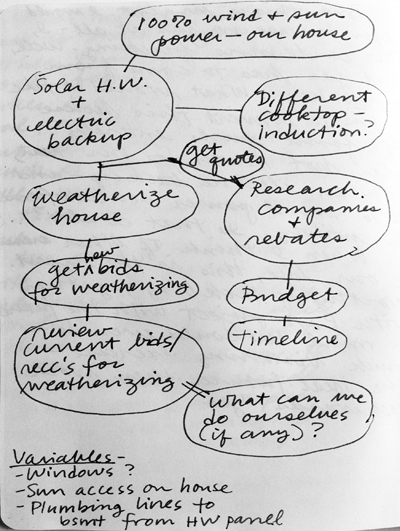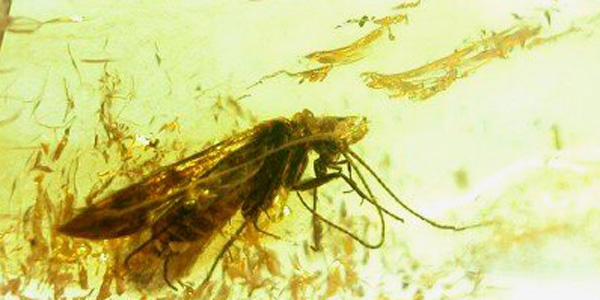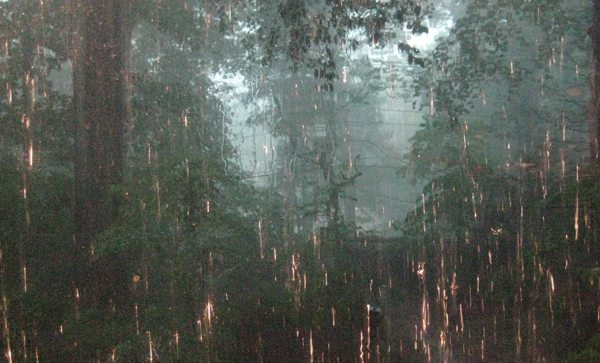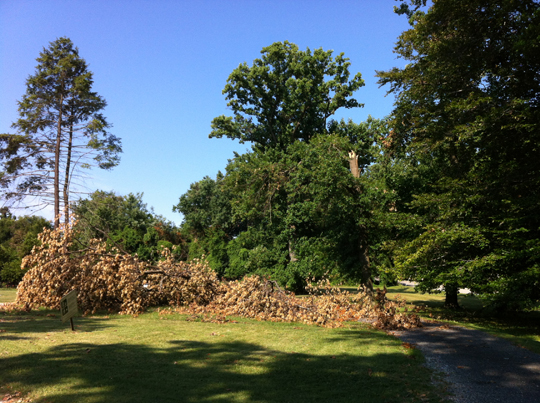 I read this book a few years back, and listening to a conversation with chef and food champion Dan Barber, was reminded of the importance of its messages. I didn’t just read it – I DEVOURED it. Fitting for a book about food and eating: In Defense of Food by Michael Pollan.
I read this book a few years back, and listening to a conversation with chef and food champion Dan Barber, was reminded of the importance of its messages. I didn’t just read it – I DEVOURED it. Fitting for a book about food and eating: In Defense of Food by Michael Pollan.
I’ve been a Michael Pollan devotee forever. I still remember where I was sitting when I read his brilliant essay, “Weeds Are Us,” in the NYTimes Sunday Magazine. That wonderful meditation on the push-pull of nature and culture is in his book, Second Nature: A Gardener’s Education . But I digress. We’re talking food here.
This book is so full of great observations, factoids for those of us who are info-obsessed, philosophy, and downright good sense. All packaged in Pollan’s signature intelligent, pleasure-to-read prose. It’s conversational, but not condescending. Among the MANY gems, three themes particularly spoke to me.
1. Good for us = good for the earth
Right off the bat, he makes the observation that good personal choices are usually good ecologically. I completely agree! It’s at the heart of our EcoBlueprint program; right down to my example showing how Thanksgiving dinner meets multiple needs beyond simple sustenance: family connection, aesthetics in choice and arrangement of the food, expressing love, giving care, pleasure, support of local economies, participation in the great cycle of life. I LOVE that he defends the pleasure of eating, and I’m just so glad that he’s not the only one singing that song lately.
2. All about relationships
Another great theme is that of food relationships. In nature, food is all about relationships among species: we call them food chains. Pollan takes a clear-eyed look at our place in this chain. Who better to guide us than the man who has spent much of his writing life on the topic of the intertwining of nature and culture? Culture, he says, has played a critical role in helping to mediate people’s relationship to nature. Eating is one of the most important manifestations of that relationship.
This is likely why, in the ever-growing sustainability movement, food is often a first entry point. We all have to eat! Buying our food directly from farmers is an excellent way to experience this connection . Pollan’s advice is to shake the hand that feeds you: meet the people who grow and raise the food you eat.
3. Traditional + now = a way forward
In another brilliantly creative passage, he likens traditional diets to vernacular architecture . In both cases, he observes, a long, incremental process of trial and error helped cultures discover what works: how best to reconcile human needs with whatever nature has to offer us in a particular place. These foodways and buildings tie us to place in profound ways, such as adaption to climate , that we now do well to re-discover.
In both cases, he observes, a long, incremental process of trial and error helped cultures discover what works: how best to reconcile human needs with whatever nature has to offer us in a particular place. These foodways and buildings tie us to place in profound ways, such as adaption to climate , that we now do well to re-discover.
Indeed, one of the most galvanizing passages in this book is his definition of what is essentially a design problem for the 21st-century. In response to earlier advocates of going entirely backwards to the diet and lifestyle of our ancestors, Pollan neatly sums up our challenge. We must today discover how to escape the worst elements of the Western diet and lifestyle without going back to the bush. This has an uncanny alignment with the best of today’s green architecture movement. When we look for a marriage of traditional know-how and modern technology, we open to new possibilities. We don’t have to undo or throw away the last few centuries of learning and advancement. We can instead choose the best from both worlds, forging a new way forward.
Taking it still further, this formula could apply to conscious evolution in general. We see it in the exciting brain research being done, particularly using longtime meditators to validate the effects of such ancient practices on calming our technology-addled minds.
When Pollan came to Baltimore in 2009, hosted by Baltimore Green Works and the Enoch Pratt Free Library , there were close to 1,000 people crammed into the library’s magnificent central atrium. It was thrilling to see that food is such a hot topic here.
In a late section about the Slow Food movement, Pollan cites this Wendell Berry passage, which is a beautiful closing:
“Eating with the fullest pleasure – pleasure, that is, that does not depend on ignorance – is perhaps the profoundest enactment of our connection with the world. In this pleasure we experience and celebrate our dependence and our gratitude, for we are living from mystery, from creatures we did not make and powers we cannot comprehend.”








